
RESEARCH GROUP – STRUCTURAL GEOLOGY
Team:
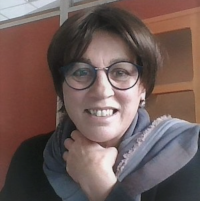 |
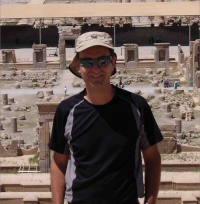 |
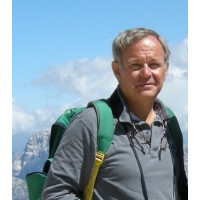 |
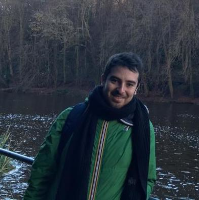 |
| BIGI Sabina | CARMINATI Eugenio | DOGLIONI Carlo | MERCURI Marco |
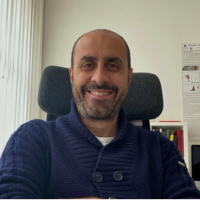 |
|||
| TRIPPETTA Fabio |
Topics:
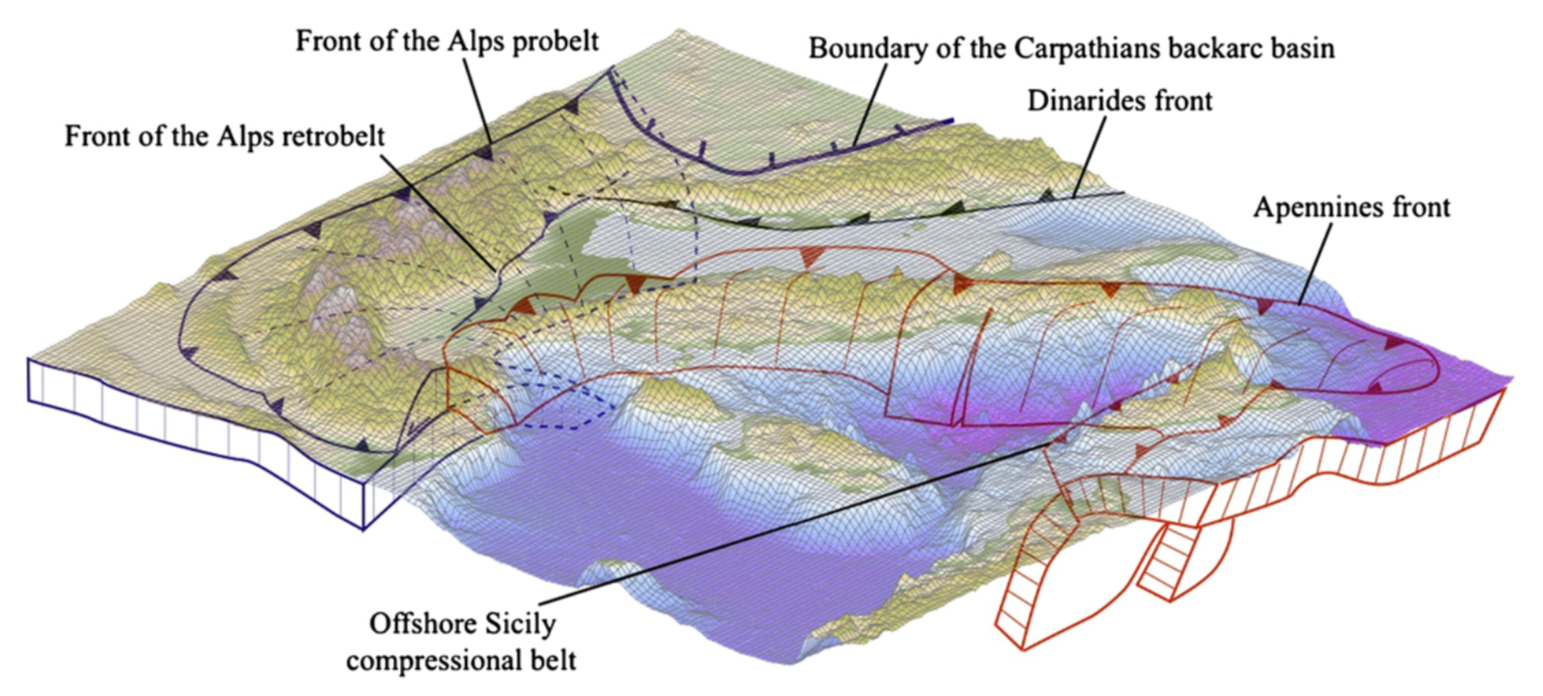 Main tectonic structures in the Mediterranean area (from Carminati et al., 2012) |
The structural geology group analyzes rock deformation from megascale to nanoscale by integrating soil and laboratory analyses. It has received and receives funding from numerous research projects and from agreements with industry and public organizations.
|
 Natural example of folds and fault geometry digital reconstruction
|
| In particular we study the influence of tectonics on syn-tectonic and post-tectonic sediment geometries. The research group focuses on the tectonic-sedimentary evolution of the Apennines with particular attention to the evolution of the foreland and piggy back basins and of the extensional and wrench systems of the chain. The studies also concern the study of the relationships between pre-thrusting extensional tectonics and the control that these structures exert on the physiography of the foreland basins and on the extent of chain shortening. |
|
Tectonic structures are analyzed and characterized through field, borehole and laboratory data. These data allow us to investigate the faults mechanics (both at crustal and subcrustal levels), and the conditions that lead to earthquake nucleation and the consequent change in the physical-mechanical characteristics of the lithologies involved during the seismic cycle. We also investigate the stress conditions in relation to the fluid pressure such as hydrocarbons and CO2 within the involved volumes. To understand the whole role of fluid in the subsurface, we also characterize the fracturing and its control on fluid migration through static and dynamic modeling of reservoirs. |
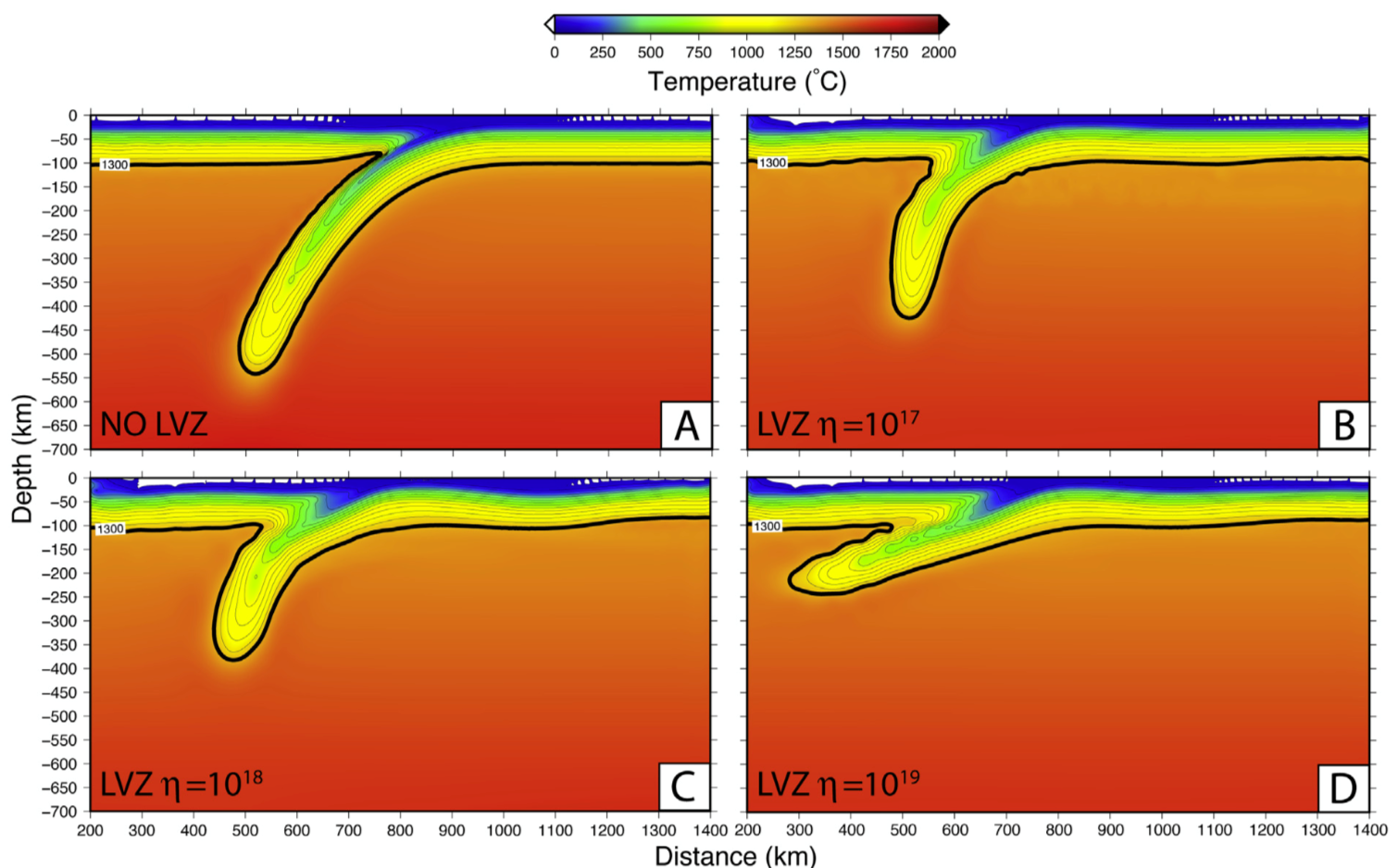 Example of subduction modelling (from Ficini et al., 2020) |
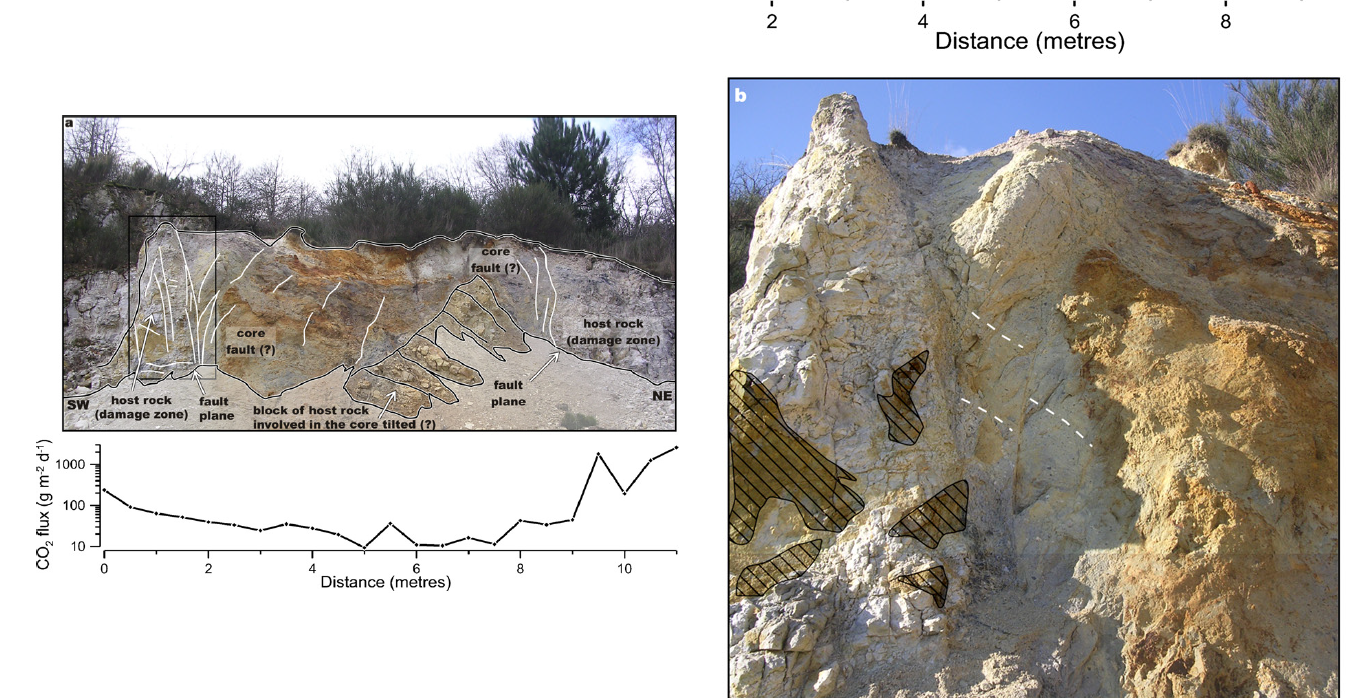 Distribution of CO2 flux across a fault in Latera Caldera, central Italy (from Annunziatellis et al., 2008) |
The study of gases in soils allows the definition of subsurface pollution with applications to the recognition of buried faults and deep volcanic processes. Mechanisms of radionuclide transport from nuclear waste storage sites within geologic structures with implications for petroleum, mineralogical, and geothermal exploration are also studied. Through regional scale observations and numerical modeling we study global Geodynamics. We investigate the relationships between deep crustal-lithospheric tectonics and surface deformations of the Alps-Apennines orogenic system, the structure of orogens and foredeeps and the westward drift of the lithosphere. |
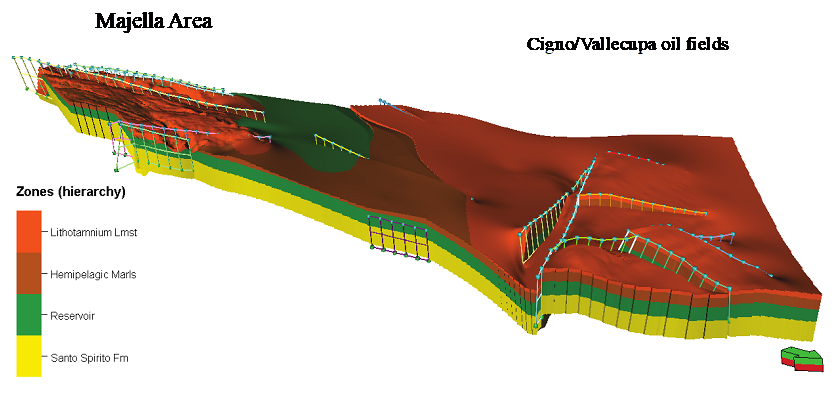 Example of 3D modeling of surface and subsurface geological structures. |

